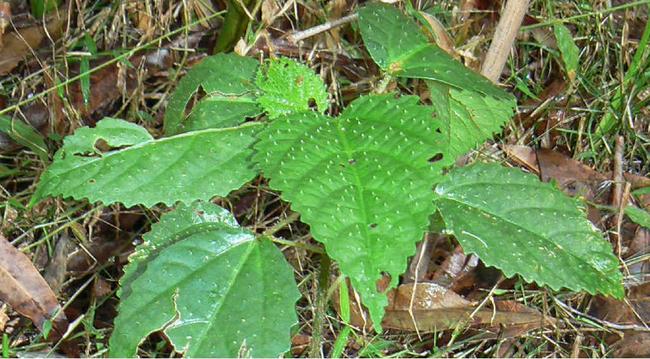Gympie-Gympie stinging tree in focus
GYMPIE’S namesake made a star appearance in Australian Geographic this week.

Gympie
Don't miss out on the headlines from Gympie. Followed categories will be added to My News.
GYMPIE'S namesake made a star appearance in Australian Geographic this week.
"Don't let its harmless, fuzzy-leafed appearance fool you: the Gympie-Gympie stinging tree will leave you in agonising pain from the gentlest touch," the article reads.
Written by Lydia Hales, it says that if stung by a Gympie- Gympie, the most important thing was to not rub the area as this could break off the hairs and make them very difficult to remove.
Applying diluted hydrochloric acid (1:10 by volume) to neutralise the hair's peptide coating, followed by waxing strips to remove the stinging hairs should provide relief within around one and a half hours, it says.
While you may be "miserable as hell" once stung, treatment with the acid/hair strip approach should reduce the severity and duration of the pain.
"Although many people may have heard to search for the cure in the cunjevoi plant commonly found nearby... rubbing the sap of this plant on the affected area is ineffective and may even make the pain worse," the article warns.
"When touched, the tip of the silica hairs can break off. Hugh says this then turns the hair into a 'self-injecting hypodermic needle'."
Scientist Dr Hugh Spencer describes the sting as "initially like being attacked by wasps, then you get whitening and swelling at the site, and then if it's really bad you get sweating - liquid just drips out of your skin".
"The actual chemicals contained in the venom are not completely understood, though Hugh thinks it could possible be a peptide (called moroidin, hence the species name) coating of the hairs may be responsible for the intensity of the pain. The hairs can become embedded in the skin, which can lead to long-term pain and sensitivity - there are many accounts of people suffering for months from a sting.
"The Gympie-Gympie is just as capable of stinging when its leaves are dead. Hugh says even people looking at specimens in a collection can be stung - the toxin in the hairs is sealed off and seems unaffected by age."


